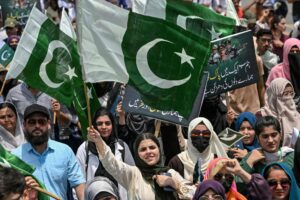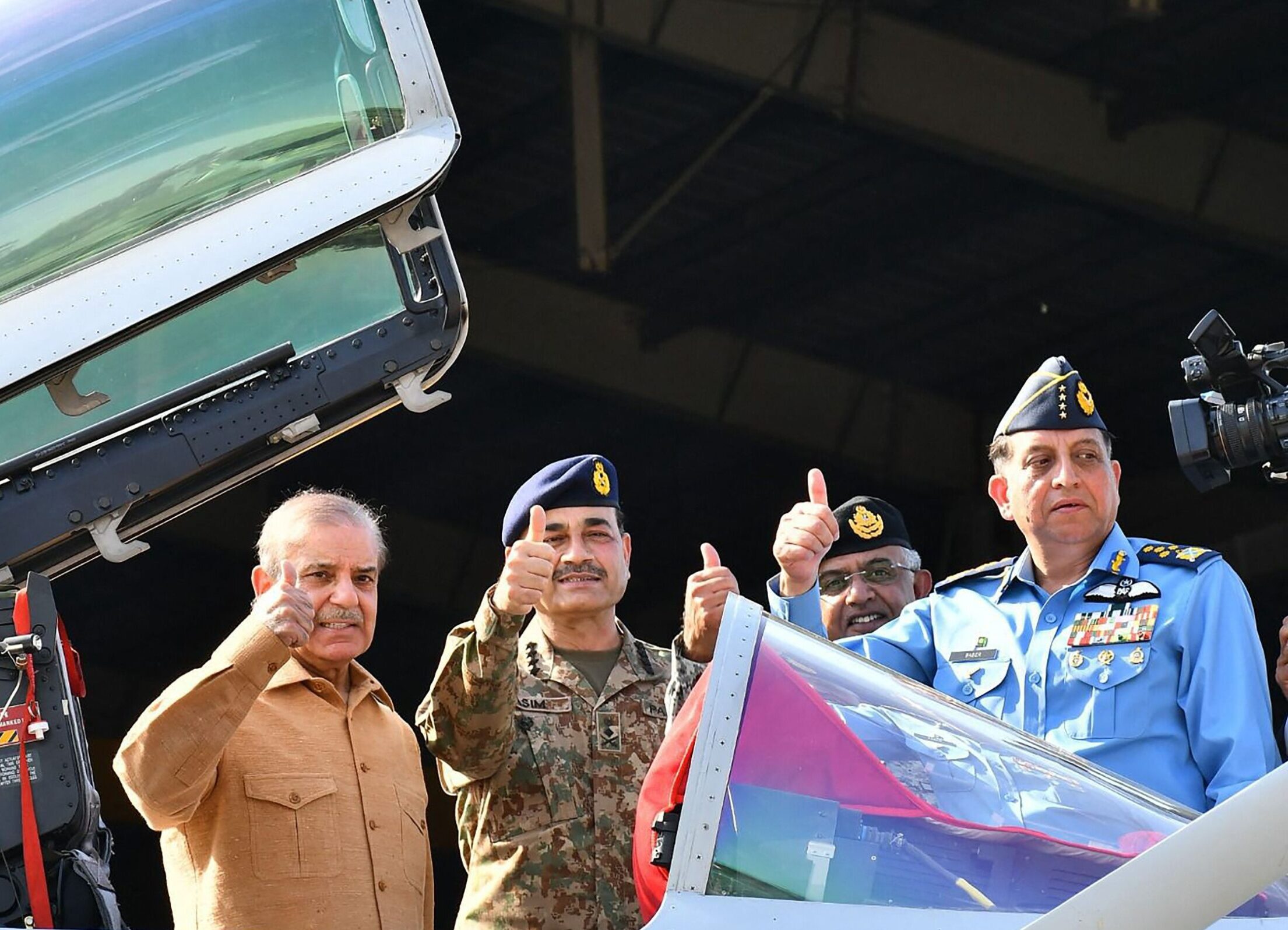
By Shabbir Hussain Ludharh
In an age where diplomacy should triumph over destruction, India appears to be marching in the opposite direction driven not by reason, but by an alarming mix of war hysteria and religious fanaticism. The image of a peaceful democracy that New Delhi once projected now stands overshadowed by the aggressive rhetoric and policies of the Modi-led government, both at home and abroad.
Within its own borders, India’s ruling party has normalized hostility not just toward minorities, especially Muslims but toward dissent, nuance, and negotiation. Abroad, its relations with nearly every neighbor are tense: friction with China persists, ties with Bangladesh remain uneasy, and hostility toward Pakistan continues unabated.
The latest flashpoint came in early May 2025. Without conclusive international investigation or due process, India held Pakistan responsible for the Pulwama-style incident and launched a series of missile strikes across Pakistani cities Bahawalpur, Muridke, Muzaffarabad, Kotli among them. The attacks claimed innocent lives, including women and children. It was an act of war, thinly veiled in nationalist bravado.
But where India responded with belligerence, Pakistan chose a path of discipline. The response was swift yet proportionate. Six Indian fighter jets were shot down, and several military installations—like the Pathankot base—were neutralized. Pakistan did not retaliate in anger, but in defence. The message was clear: aggression will not go unanswered.
On the diplomatic front, the contrast was even starker. While India struggled to sell its version of events to the world, Pakistan’s narrative gained traction. Not a single major power officially backed New Delhi. President Trump, usually vocal on South Asia, refused to blame Pakistan outright. The UK publicly questioned India’s evidence. Traditional allies like Russia stayed silent. Meanwhile, China, Türkiye, and Azerbaijan stood openly with Pakistan.
Even more significant was Pakistan’s success in bringing Kashmir back into global discourse. After years of India trying to push it into obscurity, the conflict resurfaced this time, framed not as a territorial dispute, but as a matter of human rights and regional stability.
What unfolded at home was equally revealing. A country long caught in political divisions found itself united. The military, often criticised in times of peace, emerged as a symbol of national pride. The people stood behind their soldiers not because they love war, but because they value peace enough to defend it.
In contrast, India’s internal fractures deepened. The economic crisis, rampant poverty, and absence of basic services continued to be eclipsed by a manufactured nationalism that feeds on fear, not facts. The Modi government seems more interested in theatrics than in the real needs of its 1.4 billion citizens.
This isn’t the first time India and Pakistan have come to the brink. But each time, Pakistan has offered the olive branch first through cricket diplomacy, cultural exchange, or back-channel talks. Yet each time, the hand of friendship was met with denial or deceit. So yes, Pakistan now spends more than it can afford on defence. Not out of choice, but necessity. Because peace with a neighbour hell bent on hostility demands strength.
In the end, war never benefits anyone. History remembers not the loudest voices, but the wisest actions. India must choose continue down this perilous path, or return to the table before it’s too late. And Pakistan? It will stand guard—not just over its borders, but over the idea that peace is worth fighting for.


